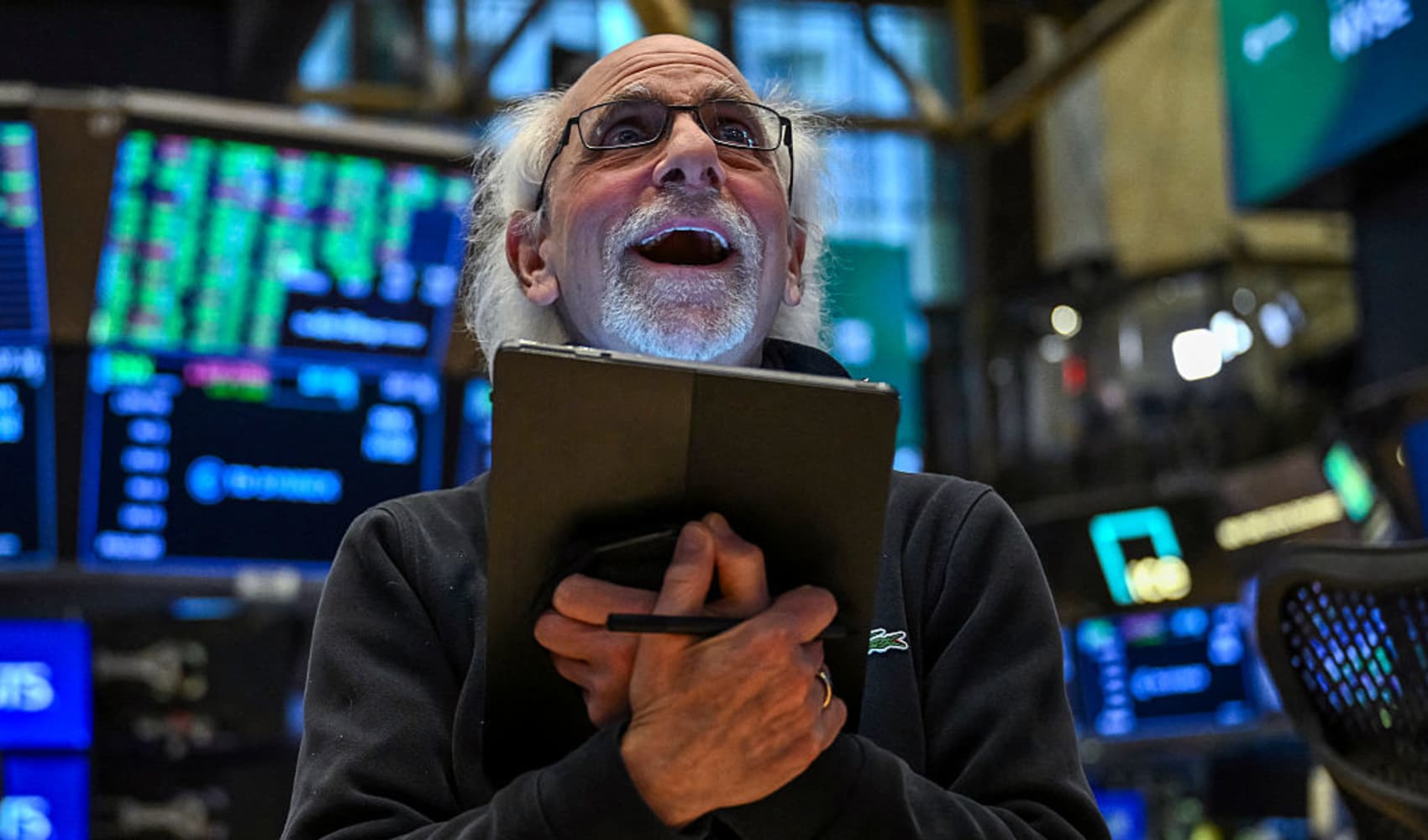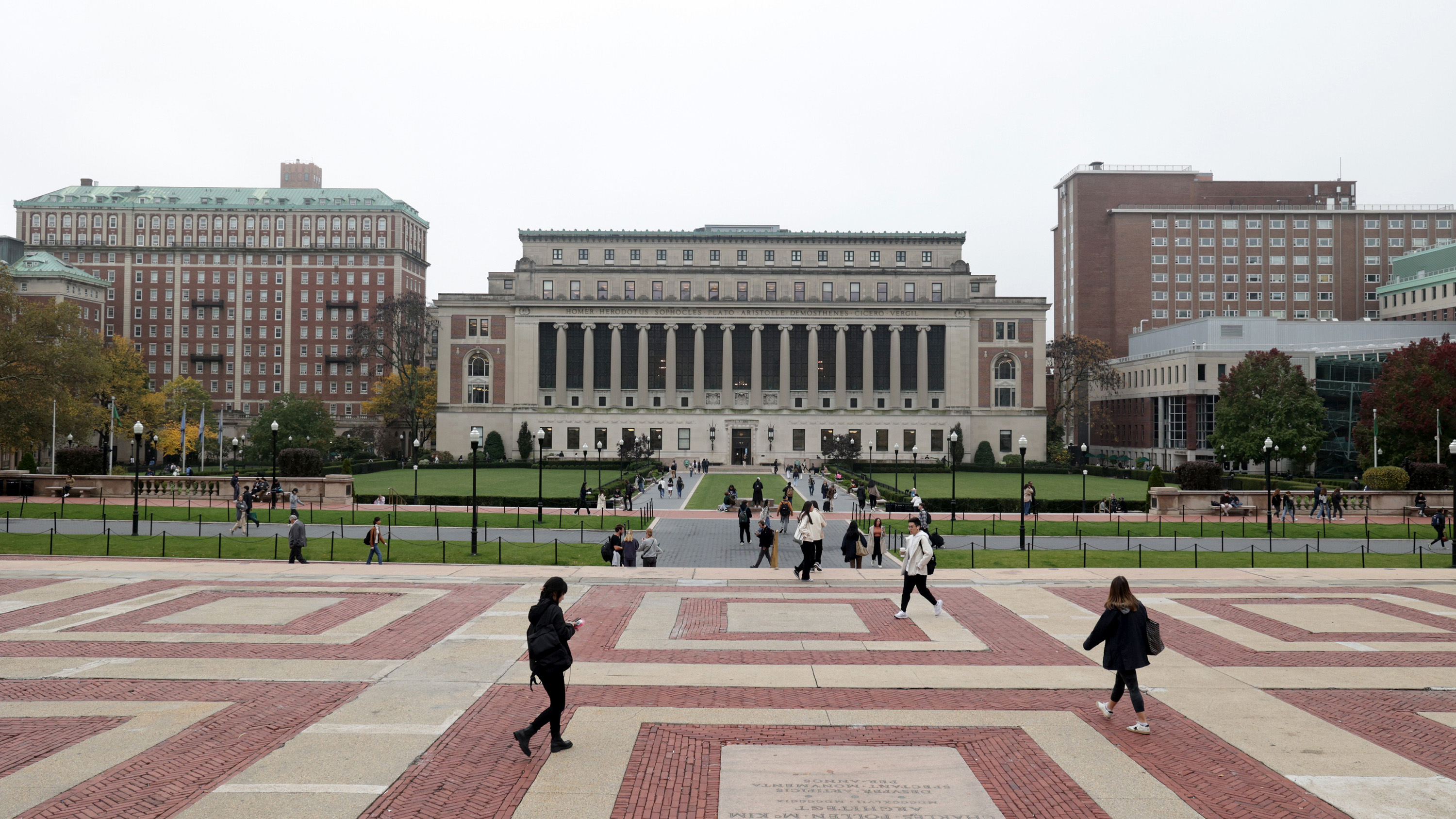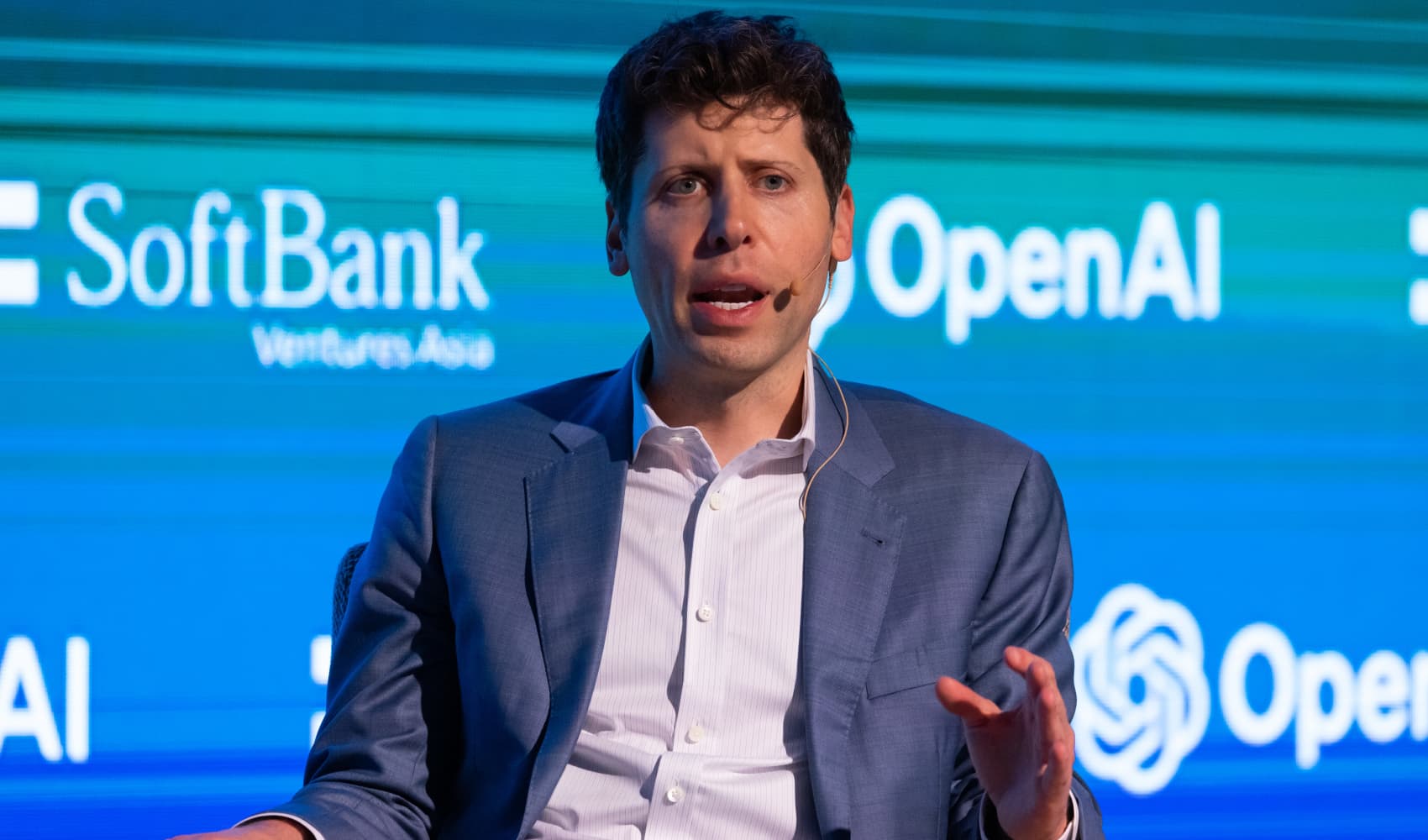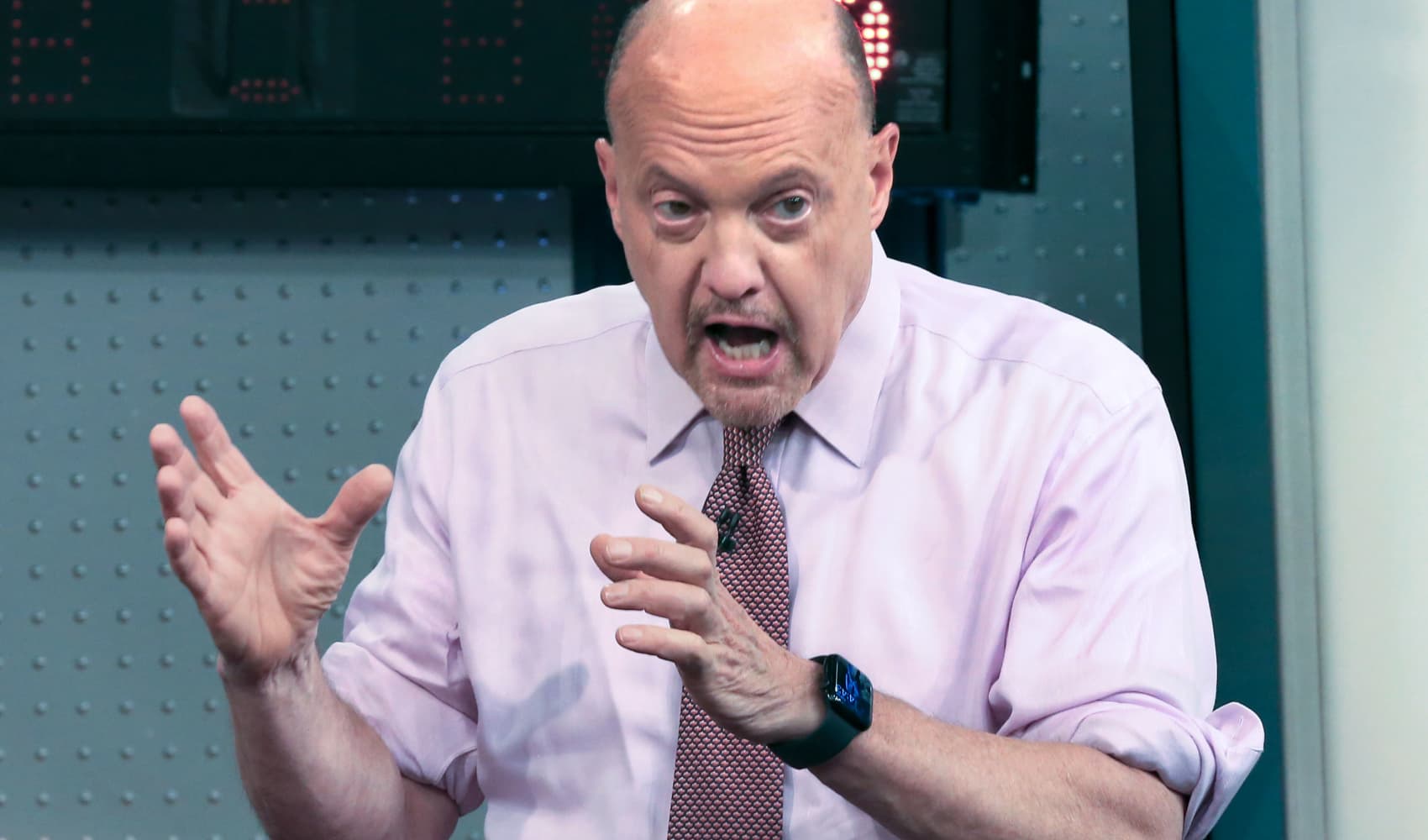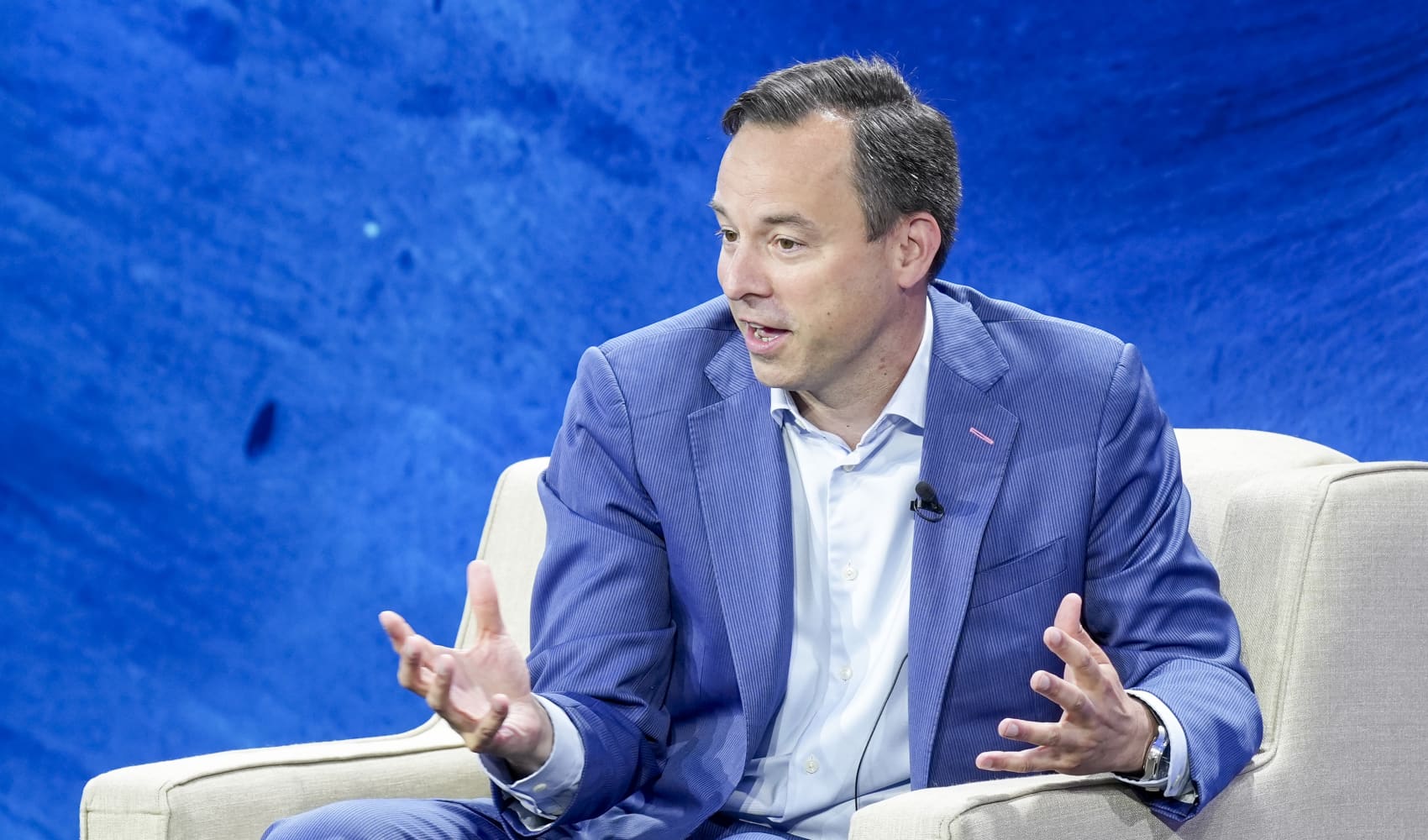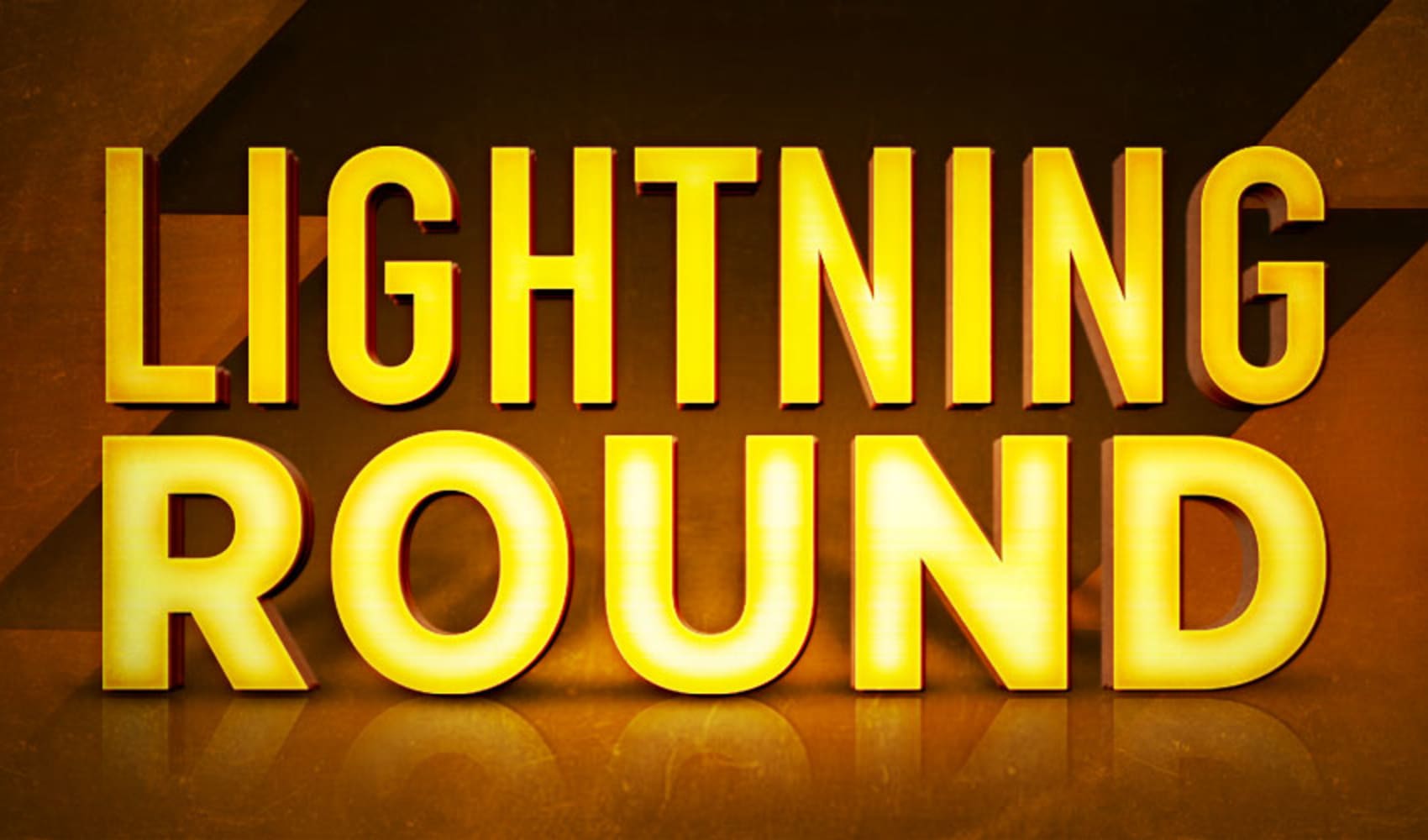USS New York Headlines Fleet Week 2025: Don't Miss Out!
USS New York Headlines Fleet Week 2025: A Celebration of Sea Service Excellence
Introduction: Setting Sail for a Spectacular Fleet Week 2025
Get ready, New York! Fleet Week is back, and it's going to be bigger and better than ever. Think of it as a maritime Mardi Gras, a celebration of the brave men and women who serve our nation at sea. This year, Fleet Week New York promises a thrilling display of naval prowess and a chance to connect with the sailors and Marines who keep our oceans safe. And guess what? The iconic USS New York is taking center stage.
Fleet Week 2025: What to Expect
Fleet Week New York, scheduled for May 21-27, is a cherished tradition, a week-long tribute to our armed forces. The announcement of ships arriving in New York Harbor has everyone buzzing with excitement. But what exactly can you expect?
A Diverse Fleet: Navy, Coast Guard, and More
This year's Fleet Week boasts an impressive lineup: two U.S. Navy ships, two Coast Guard Cutters, and five U.S. Navy Academy Yard Patrol boats. Each vessel brings its own unique story and capabilities to the celebration. Imagine walking the decks, learning about their missions, and meeting the dedicated crews!
Celebrating 250 Years: "Honoring the Past, Defending the Future"
Fleet Week 2025 carries a special significance. Under the theme “Honoring the Past, Defending the Future: 250 Years of Sea Service Excellence,” we're celebrating the Navy and Marine Corps' 250th birthdays. It’s a time to reflect on their rich history, unwavering commitment, and the sacrifices made to protect our nation. How cool is that?
The Star of the Show: USS New York's Inspiring Story
Without a doubt, the USS New York will be a major highlight. This amphibious transport dock ship isn't just any vessel; it's a symbol of resilience and remembrance. Commissioned in 2009, it incorporates steel salvaged from the World Trade Center, making it a powerful tribute to the victims of 9/11. Talk about a moving tribute!
A Steel Heart: Remembering 9/11
The inclusion of World Trade Center steel in the USS New York is a testament to the enduring spirit of New York City and the nation. The ship serves as a constant reminder of the lives lost and the unwavering resolve to never forget. Can you imagine the emotions felt by the crew serving on this remarkable ship?
Amphibious Transport Dock: What Does it Do?
Beyond its symbolic significance, the USS New York is a vital asset to the U.S. Navy. As an amphibious transport dock, it's designed to transport and land Marines, equipment, and supplies via air cushion or landing craft. It's a versatile vessel capable of supporting a wide range of missions, from humanitarian aid to combat operations.
Fleet Week Activities: More Than Just Ships
Fleet Week is more than just admiring impressive vessels; it's a full-fledged celebration with a diverse range of activities. Get ready to immerse yourself in the maritime spirit!
Ship Tours: Get Onboard!
One of the most popular attractions is the opportunity to tour the ships themselves. Imagine walking the decks, exploring the bridge, and getting a glimpse into the lives of the sailors and Marines who call these vessels home. Check the Fleet Week schedule for specific tour times and availability.
Air Shows: Look to the Skies!
Keep your eyes on the skies for breathtaking air shows featuring daring aerial maneuvers and demonstrations of military aircraft capabilities. The roar of the engines and the precision of the pilots are sure to leave you in awe. Get your camera ready!
Parades and Demonstrations: A Showcase of Skill
From parades showcasing military precision to demonstrations of maritime skills, Fleet Week offers a variety of exciting events. Witness the discipline and expertise of our armed forces firsthand.
Community Events: Connect with Our Service Members
Fleet Week also includes numerous community events, providing opportunities to interact with sailors, Marines, and Coast Guardsmen. These events range from meet-and-greets to volunteer activities, allowing you to show your support and learn more about their service.
Why Fleet Week Matters: More Than Just a Spectacle
Fleet Week is more than just a fun event; it's a vital opportunity to connect the American public with the men and women who serve our nation. It's a chance to express our gratitude, learn about their sacrifices, and strengthen the bond between the military and the communities they protect. Don't you think that's incredibly important?
Boosting Morale: Showing Our Appreciation
For the sailors, Marines, and Coast Guardsmen participating in Fleet Week, the outpouring of support from the public is a tremendous boost to their morale. Knowing that their service is appreciated and valued makes all the difference.
Recruitment and Education: Inspiring Future Generations
Fleet Week also serves as a valuable recruitment tool, inspiring young people to consider careers in the military. By showcasing the skills, technology, and opportunities available, it helps attract talented individuals to serve our nation.
Planning Your Fleet Week 2025 Adventure
Ready to experience Fleet Week 2025? Here are some tips to help you plan your visit:
Check the Schedule: Don't Miss Out!
The official Fleet Week New York website is your go-to resource for the most up-to-date schedule of events, ship tour information, and other important details. Check it regularly to ensure you don't miss out on your favorite activities.
Plan Your Transportation: Getting Around the City
New York City can be crowded, especially during Fleet Week. Plan your transportation in advance, considering options such as public transportation, taxis, or ride-sharing services. Give yourself plenty of time to get to your desired destinations.
Be Prepared for Crowds: Patience is Key
Fleet Week is a popular event, so be prepared for large crowds, especially during ship tours and air shows. Pack your patience and be courteous to others. Remember, everyone is there to enjoy the celebration!
Conclusion: Setting Sail for a Memorable Experience
Fleet Week New York 2025 promises to be an unforgettable experience, a celebration of sea service excellence and a tribute to the brave men and women who protect our nation. With the USS New York taking center stage and a diverse range of activities to enjoy, it's an event you won't want to miss. So mark your calendars, plan your visit, and get ready to set sail for a memorable adventure!
Frequently Asked Questions (FAQ)
- Q: What is Fleet Week New York?
A: Fleet Week New York is an annual celebration of the U.S. Navy, Marine Corps, and Coast Guard, held in New York City. It features ship visits, air shows, parades, and community events, providing an opportunity for the public to interact with service members and learn about their service.
- Q: When is Fleet Week New York 2025?
A: Fleet Week New York 2025 is scheduled to take place from May 21-27.
- Q: How can I tour the ships during Fleet Week?
A: Ship tours are a popular activity during Fleet Week. Check the official Fleet Week New York website for the schedule of ship tours and any requirements for entry, such as identification or security screenings. Arrive early to avoid long lines.
- Q: Is Fleet Week free?
A: Most Fleet Week events, including ship tours and air shows, are free and open to the public. However, some special events or ticketed activities may have associated costs.
- Q: What is the significance of the USS New York's involvement in Fleet Week?
A: The USS New York holds special significance due to its incorporation of steel salvaged from the World Trade Center. It serves as a powerful symbol of remembrance and resilience, honoring the victims of 9/11 and representing the enduring spirit of New York City and the nation.



